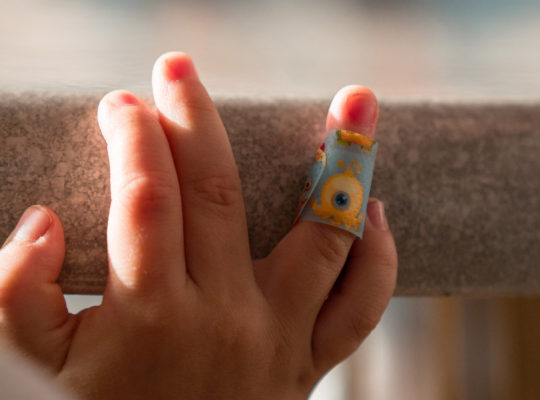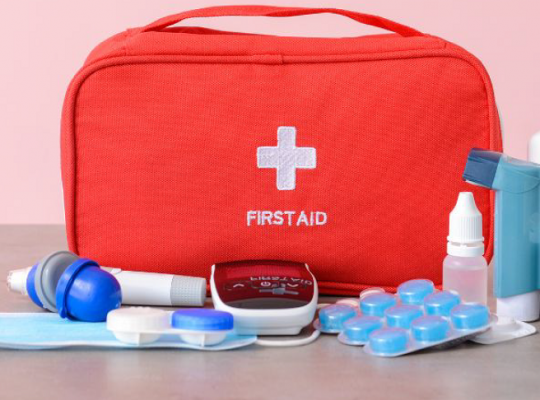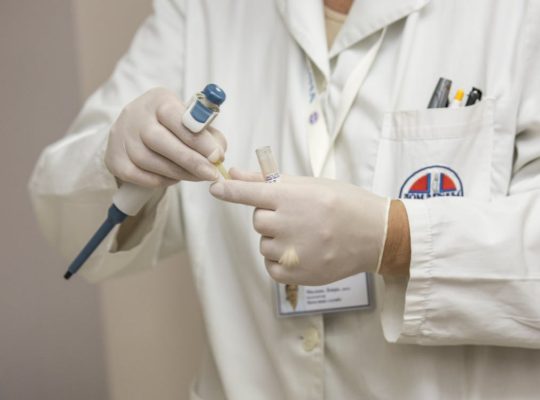When it comes to first aid, having the right tools in your kit can make all the difference. One such tool that deserves a prominent place is hydrocortisone. This versatile medication offers rapid relief from a wide range of skin conditions and injuries. In this blog post, we will delve into the workings of hydrocortisone, its speed of action, the injuries it can treat, and how it compares to its counterpart, hydrocortisone ointment.
Hydrocortisone Cream in First Aid: A Powerful Tool for Quick Relief
Hydrocortisone cream belongs to a class of medications known as corticosteroids. It works by reducing inflammation and suppressing the immune response in the affected area. When you apply hydrocortisone cream to the skin, it is absorbed into the cells, where it inhibits the production of substances responsible for inflammation. This action helps alleviate itching, redness, and swelling, providing immediate relief.
1. Versatility
Hydrocortisone can be used to treat various skin irritations, including poison ivy, poison oak, allergic reactions, and other irritations. If you have any skin irritation, hydrocortisone is a good first-line treatment option, even if you aren’t exactly sure what caused it. Its broad spectrum of effectiveness makes it a valuable addition to your first aid kit or medicine cabinet.
2. Quick Relief
When your skin is irritated, there is nothing better than finding relief from a topical ointment. Hydrocortisone provides almost instant relief for itching and swelling, which can be very uncomfortable. By applying hydrocortisone, you can quickly alleviate the pain or itching and get back to feeling normal.
Speed of Action:
One of the most remarkable aspects of hydrocortisone cream is its rapid onset of action. Within minutes of application, the cream begins to penetrate the skin and soothe the affected area. While the precise time may vary depending on the severity of the condition, most individuals experience noticeable relief within 30 minutes to an hour. It’s important to note that the cream’s full efficacy may take a few days to manifest.
3. Treatment
Using hydrocortisone to treat injuries and itching will help them heal faster and better. With its help, you can be sure that the injury will be quickly taken care of and not leave any permanent marks from scratching. Hydrocortisone cream is particularly effective in addressing insect bites and stings, allergic reactions, eczema, and dermatitis.
Hydrocortisone Cream vs. Ointment:
Hydrocortisone cream and hydrocortisone ointment are two popular forms of this medication. While both contain the active ingredient hydrocortisone, there are some differences between them. Hydrocortisone cream has a lighter, water-based texture, making it easier to spread on the skin. It is quickly absorbed, leaving behind little residue. On the other hand, hydrocortisone ointment has a thicker, greasier consistency, providing a protective barrier on the skin’s surface. It is particularly useful for dry or thickened areas. Additionally, hydrocortisone cream contains added moisturizers that can help hydrate and soothe the skin, while the ointment offers a more occlusive effect, locking in moisture and protecting the skin.





